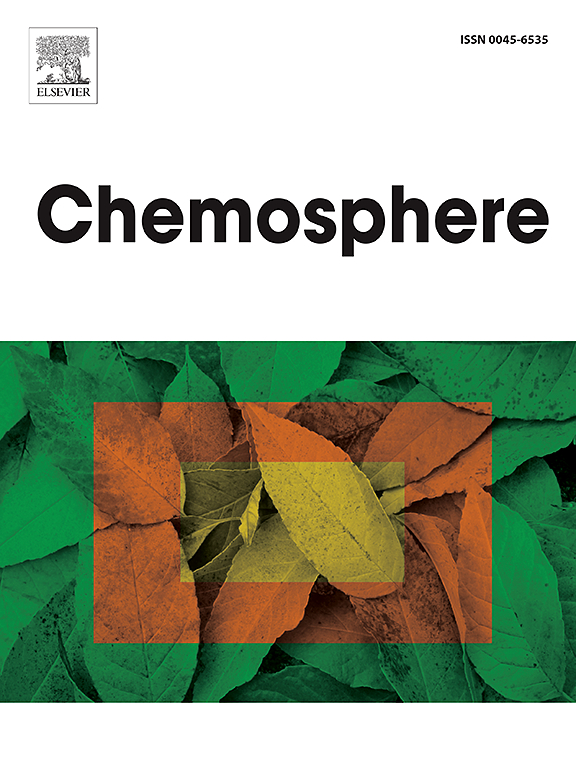Highly selective bio-functionalized graphene-based sponges for adsorption and degradation of polycyclic aromatic hydrocarbon mixtures
IF 8.1
2区 环境科学与生态学
Q1 ENVIRONMENTAL SCIENCES
引用次数: 0
Abstract
Xenobiotic pollutants such as polycyclic aromatic hydrocarbons (PAHs), originating from the incomplete combustion of organic substances, yield harmful effects on both the environment and public health. Existing research highlights that ligninolytic enzymes, including laccase, exhibit the capability to degrade different PAHs to varying degrees. Enzyme immobilization on a support enhances their suitability for industrial uses, typically leading to improved storage and operational stability. This study aims to enhance the elimination of PAHs such as naphthalene, anthracene, phenanthrene and pyrene and their mixture from water by merging the biocatalytic activity of laccase with the high adsorption capacity of a reduced graphene oxide (rGO) sponge. Our findings revealed that as the molecular weight and hydrophobic properties of PAHs increased, their affinity towards the rGO sponges became more pronounced. Conversely, it was noted that the elimination of naphthalene exhibited remarkable enhancement (achieving 75 % removal after 48 h individually, and 82 % removal in PAH mixtures), demonstrating faster removal kinetics in contrast to other PAHs. This improvement was attributed to the utilization of a bio-functionalized rGO sponge, indicating the notable role of immobilized laccase in the degradation of naphthalene. As observed, certain PAHs in the mixture were more susceptible to oxidation and enzymatic degradation, while those with a higher affinity for adsorption onto the rGO surface demonstrated reduced degradability. This selective mechanism effectively treated specific PAHs based on their structural characteristics, thus enhancing the overall efficiency in removing diverse PAH contaminants in mixtures. The results regarding PAH degradation by-products indicated that laccase primarily converted anthracene into 9,10-anthraquinone, most of which were adsorbed and subsequently eliminated by the rGO sponge acting as the enzyme's support.

求助全文
约1分钟内获得全文
求助全文
来源期刊

Chemosphere
环境科学-环境科学
CiteScore
15.80
自引率
8.00%
发文量
4975
审稿时长
3.4 months
期刊介绍:
Chemosphere, being an international multidisciplinary journal, is dedicated to publishing original communications and review articles on chemicals in the environment. The scope covers a wide range of topics, including the identification, quantification, behavior, fate, toxicology, treatment, and remediation of chemicals in the bio-, hydro-, litho-, and atmosphere, ensuring the broad dissemination of research in this field.
 求助内容:
求助内容: 应助结果提醒方式:
应助结果提醒方式:


